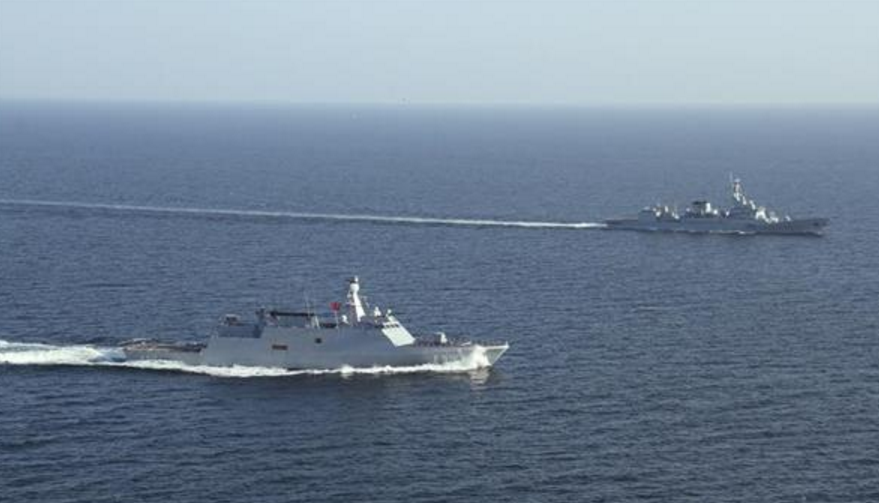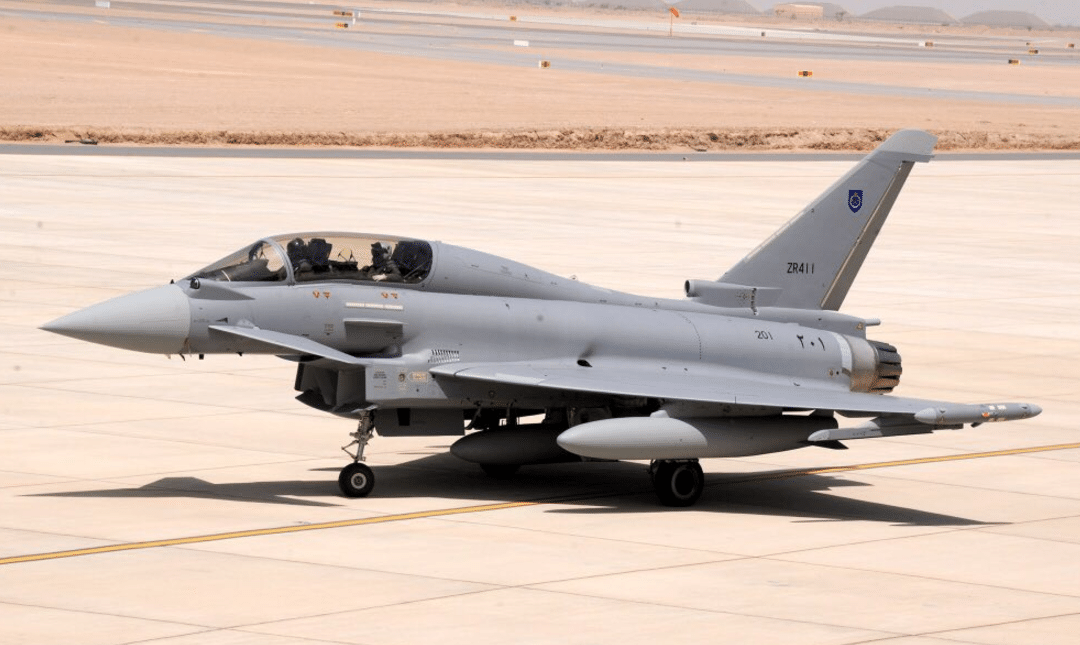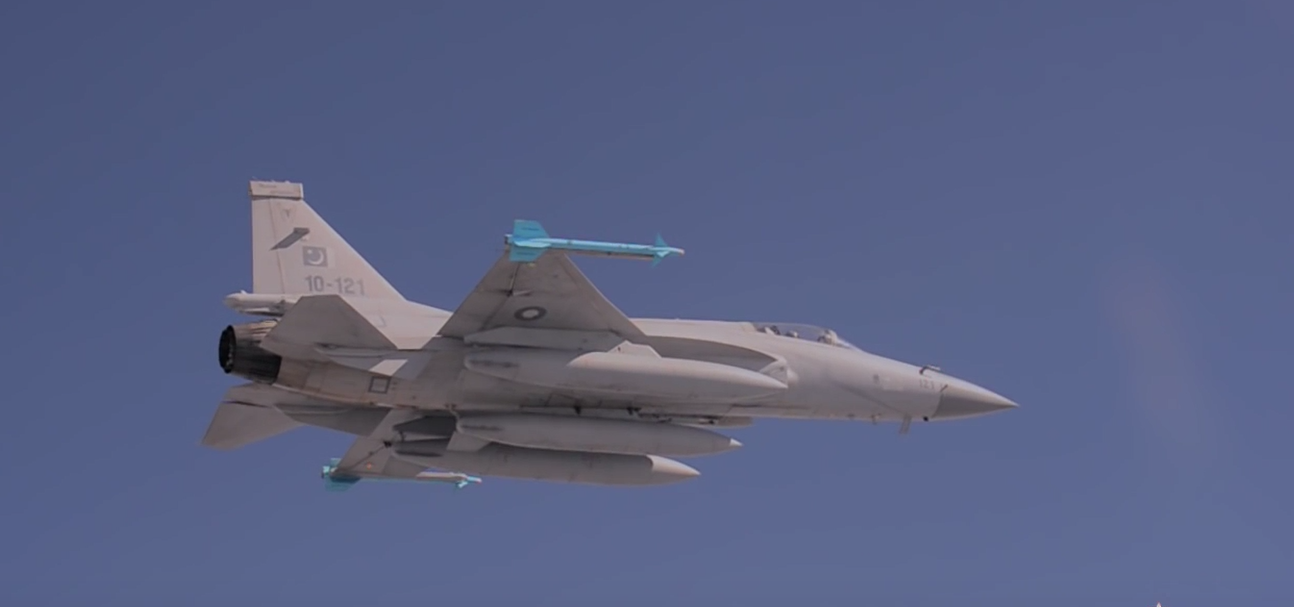21Views 10Comments

Pakistan establishes naval task force to guard Gwadar and its sea-lanes
The Pakistan Navy has established a unit – designated Task Force 88 (TF-88) – to protect the Gwadar deep-sea port and its sea-lines-of-communication (SLOC) from conventional and non-conventional threats.
A senior Navy official told Dawn News that TF-88 would be formed with “ships, Fast Attack Craft, aircraft, drones, and surveillance assets.” The Pakistan Navy will also station Marines at Gwadar.
The Chairman of the Parliamentary Committee on the China-Pakistan Economic Corridor (CPEC) Senator Mushahid Hussain said that TF-88 would work in concert with the CPEC Special Security Division, which is responsible for protecting CPEC infrastructure on land.
Notes & Comments:
The announcing of TF-88 is significant. With its focus on conventional and non-conventional threats alike, TF-88 could, at least in the long-term, form the nucleus of a robust naval force.
At the 2016 International Defence Exhibition and Seminar (IDEAS), which took place in Karachi from 22 to 25 November, the Navy announced that it is seeking four to six new fast attack crafts (FAC). It appears that these FACs, which may come from China or Turkey, will form the core of TF-88.
TF-88’s apparent mission profile could inform the PN’s likely FAC decision, if not the specific make, then at least an understanding of the general configuration. Protecting the deep-sea port would necessitate a littoral defence element. High-speed boats armed with anti-ship cruise missiles (ASCM) and shore-based coastal ASCM batteries can fulfill this role. These boats/FACs could also patrol and police littoral waters.
However, TF-88’s mandate to guard Gwadar’s SLOC or sea lanes would necessitate larger and longer-range vessels, and for ‘conventional threats’, defensibility from seaborne threats via effective anti-ship warfare (AShW), anti-submarine warfare (ASW), and anti-air warfare (AAW) capabilities is essential. The AAW element alone is multi-layered, one that will require a point-defence missile system (PDMS) to guard against incoming ASCMs, and potentially a medium-range element for area wide coverage.
‘Ships’ planned for TF-88 could potentially comprise of multi-mission surface combatants. Currently, the Pakistan Navy is in talks with Turkish shipbuilder Savunma Teknolojileri Mühendislik ve Ticaret A.Ş. (STM) for MILGEM corvettes. At IDEAS 2016, STM announced that it aimed to finalize an agreement in 2017. The Ada-class corvette would sufficiently meet the above AShW and ASW criteria, and that too with a PDMS for intercepting low-flying aircraft and incoming ASCM. However, the MILGEM-G, which is the Ada-class with 10 additional metres and room for 16 vertical-launch system (VLS) cells, could provide proper AAW.
Similarly, China Shipbuilding Industry Corporation (CSIC) marketed a range of surface combatant designs at IDEAS 2016, including a multi-mission frigate with AShW, ASW, and AAW (via 32 VLS cells) capabilities. Like STM, CSIC is offers a wide range of capable surface combatant designs that meet the Pakistan Navy’s – including TF-88’s – requirements. Be it STM, CSIC, or both, one could expect these ships to built locally in Pakistan, be it Karachi Shipyard & Engineering Works (KSEW) and/or the planned shipyard in Gwadar.
TF-88 will also include an aerial element. In terms of unmanned aerial vehicles (UAV), the Pakistan Navy could potentially seek medium-altitude long-endurance (MALE) UAVs. Aviation Industry Corporation of China (AVIC) had a strong showing at IDEAS 2016 with its range of MALE UAVs, such as the CH-4B and CH-5. Continued investment in manned maritime patrol aircraft (MPA) is also expected; this will likely build upon existing efforts to procure commercially popular platforms and configure them for maritime duties.
Whatever the outcome in terms of specific systems, it is apparent that Pakistan is allocating a noticeable portion of its defence spending towards Gwadar and CPEC. The Pakistan Navy has come to the center of recently inked and upcoming big-ticket acquisitions, a major contrast to its place for much of its history. Chinese and Turkish vendors have positioned themselves as the leading prospective suppliers of Pakistan’s naval requirements, especially in regards to Gwadar/CPEC.
Calls for targeted investments in other previously untouched or underdeveloped areas have also arisen in the past 12-18 months. On the back of murmurs regarding Pakistan’s reported interest in the Sukhoi Su-35, analysts had called for the PAF to consider such a platform to build long-range air warfare capabilities, especially for maritime operations (Defense News).
At IDEAS 2016, Rosonboronexport, the commercial arm of Russia’s defence industry, showcased hardware and services targeted at enhancing Pakistan’s internal security and counterinsurgency (COIN) capabilities. These included small-arms, armoured vehicles, and holistic solutions, namely “Safe City”. As per Rostec, an industry organization represents 22 direct management and 14 holding companies in Russia, Safe City is a complete package comprised of hardware and software solutions. The software element is utilized for monitoring and analyzing big data. The hardware component is comprised of automated command, control and communication (C3) systems and small arms for law-enforcement agencies.
The security of Gwadar/CPEC has become a prospective market as far as defence vendors are concerned. Pakistan appears to consider the issue an internal and external/conventional security matter, which will shape the nature of its short and medium-term procurements. However, Rawalpindi has also viewed its COIN commitments in relation to Afghanistan as a core issue, how this is managed – or prioritized – in relation to CPEC will be of interest to observers in the coming months and years.


